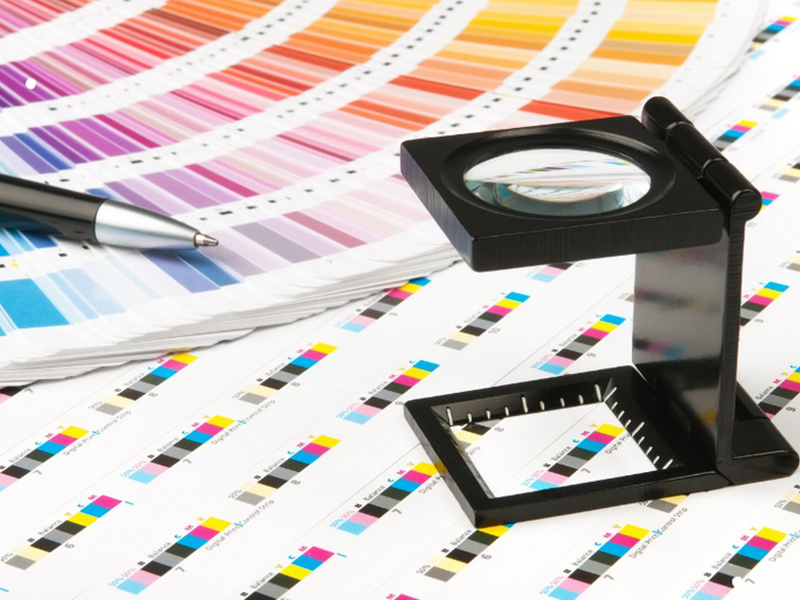Harmonizing Tradition and Innovation: The Evolution of Ancient Book Printing Technologies
Ancient book reproduction, through the integration of traditional woodblock printing with modern digital scanning and anti-counterfeiting technologies, realizes the restoration and long-term preservation of ancient books' original appearance, playing a key role in cultural inheritance and revitalizing millennia-old classics.
Aug 20,2025

Ancient book reproduction is not only a means of cultural inheritance but also a stage for the collision of traditional printing techniques and modern technology, striking a balance between "fidelity" and "dissemination".
Adherence to traditional craftsmanship is the foundation of reproduction. Woodblock printing, as a living cultural heritage, remains irreplaceable in ancient book reproduction: craftsmen select birch wood (hard texture, fine grain), process it through soaking, sunning, and planing, then calligraphers finalize the draft with cinnabar pens, and carvers engrave according to the depth of the handwriting, replicating the charm of the original book's fonts with each stroke. For example, when reproducing Song Dynasty editions, woodblocks must restore the sharpness of "Slender Gold" style and the dignity of "Song" style. A single page of woodblock takes 3-5 days to carve, and a 10-volume ancient book requires over 2000 blocks, taking more than a year.
Modern technology solves the pain points of traditional craftsmanship. Digital scanning technology first takes high-definition photos of the original ancient books (400dpi resolution), uses AI to repair damaged pages (such as completing worm-eaten characters), generates digital plates, providing accurate references for woodblocks. In the printing process, rice paper (long fibers, aging-resistant) and pine smoke ink (insect-resistant, long-lasting color) are used, combined with modern drying technology (constant temperature 45℃, humidity 50%), solving the problem that traditional sunning is affected by weather, and improving ink color uniformity by 30%.
The integration of anti-counterfeiting and preservation technologies extends the lifespan of reproduced copies. Nano-scale fluorescent fiber paper is used, with exclusive identifiers visible under ultraviolet light to prevent counterfeiting; the cover is mounted with traditional brocade, and the inner lining is added with antibacterial agents, allowing the reproduced copies to be preserved for over 500 years, close to the lifespan of the original books. The reproduced copy of Yongle Dadian in a library retains the original's red and black 双色 and wrapped-back binding style, while realizing full-text retrieval through digital indexing, becoming a cultural carrier that is "readable, collectible, and researchable".
In the future, 3D printing technology may further assist woodblock production, shortening the engraving cycle; blockchain technology can record the entire reproduction process, realizing "one book, one code" traceability, allowing ancient book reproduction to embrace innovation while adhering to tradition.





